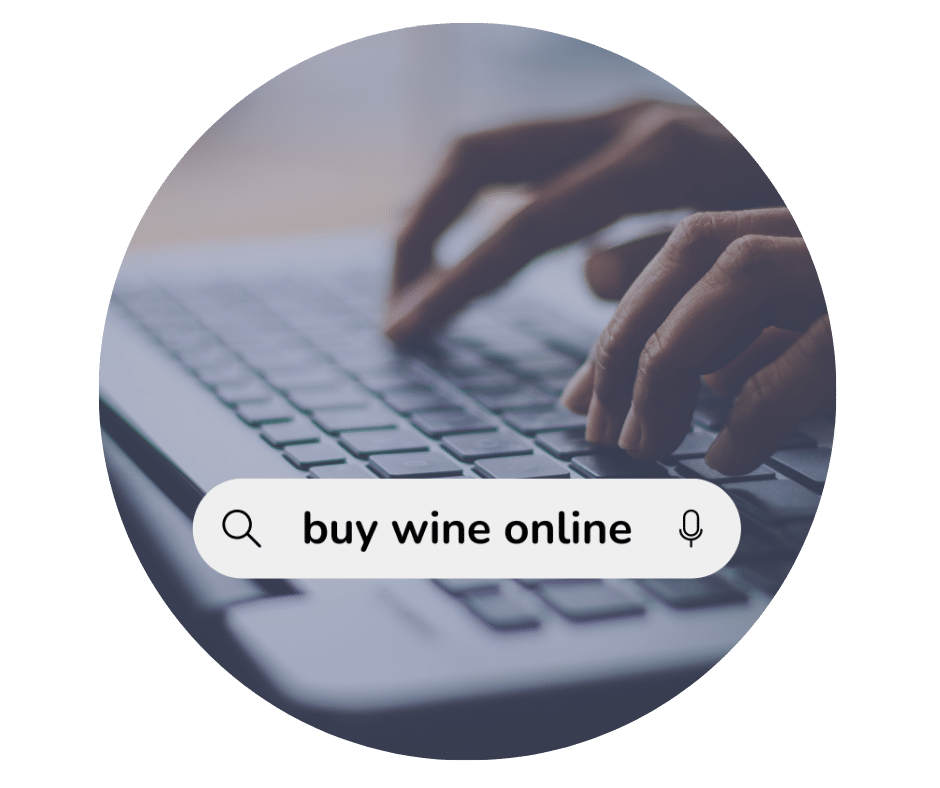Selling wine online is now a necessity for wine merchants and retailers. However, just having a website isn’t enough: you need to implement strategies that attract customers, optimize their shopping experience, and ultimately drive sales.
Here are four key strategies to improve your wine ecommerce business:
1. Have an SEO Strategy
SEO is critical for driving organic traffic to your website. To stand out in the crowded online wine market, you need to ensure that potential customers can find you easily.
Start with:
Keyword research: Identify and use relevant keywords that potential customers are searching for, such as “buy wine online” “best red wine”, “wine for Father’s Day” etc.
Optimised, rich content: Create high-quality content around these keywords. This could include blog posts, product descriptions, producer profiles and guides about wine selection, pairing, and tasting notes.
On-Page SEO: Ensure your website’s meta titles, descriptions, headers, and images are optimised with relevant keywords. This also includes having a fast-loading, mobile-friendly website.
Local SEO: Optimise your site for local searches by including your business’s location in keywords and setting up a Google My Business profile. This is especially important if you have a physical store.

2. Have a pricing strategy
According to our Fine wine buyers’ satisfaction survey, 76% of the respondents cited best price as a key criteria, with 42% saying that it was the most significant aspect.
Here’s how you can develop an effective pricing strategy for your online wine store:
Competitive Pricing: Regularly monitor your competitors’ prices and adjust yours accordingly. Offering competitive prices can help you attract price-sensitive customers.
Dynamic Pricing: Use Liv-ex and Wine-Searcher to price based on demand, inventory levels, and market pricing for the same wine. This can help you maximise profits, manage stock turn and stay competitive.
Mixed Case/Bundled Discounts: Offer discounts for a curated/ themed combination of wines. This not only incentivises customers to buy more, but also introduces them to wines they may not have considered and could expand their interest.
Clear Pricing Information: Ensure that your pricing is transparent and easy to understand. Include any additional costs, such as shipping fees, upfront to avoid any surprises at checkout. This is especially important when selling online and allowing for duty paid inc. VAT vs in bond or en primeur options.
3. Make it easy for people to buy
The ease of the buying process can significantly impact your conversion rates. Simplify the purchasing journey for your customers with:
A user-friendly website: Ensure your website is easy to navigate with clear categories, search functionality, and filters for wine type, price range, and more.
A simplified checkout: Minimise the steps required to complete a purchase. Offer guest checkout options and various payment methods, including credit cards, PayPal, and other digital wallets.
Abandonment recovery: Implement strategies to recover abandoned carts, such as sending reminder emails with a discount offer or displaying a pop-up with a special deal before the customer leaves the site.
Let them buy without you: Avoid the cumbersome process of price lists and contacting account managers. Let them buy online, and ensure that you provide them with an excellent post-trade service (smooth delivery, clear communication etc.)
4. Make It Personal
Personalisation is key to enhancing customer experience and driving sales. Use technology to make your customer’s journey more personalised:
Personalised recommendations: Use AI to analyse customer behaviour and preferences to offer personalised wine recommendations (softwares such as Preferabli help personalise the search and selection experience, underpinned with heaps of data and AI).
Tailored marketing: Send personalised emails based on past purchases and browsing history (the intersection of purchasing history and online behaviour).
Customer segmentation: Segment your customer base and create targeted marketing campaigns for different groups. Offer exclusive deals to loyal customers or tailor content for first-time buyers.
By focusing on these four key areas—SEO strategy, pricing strategy, ease of purchase, and personalisation—you can significantly improve your wine ecommerce business.
An increasing number of buyers are moving to online shopping, help them find you, offer them a smooth shopping experience, and of course, great wines.